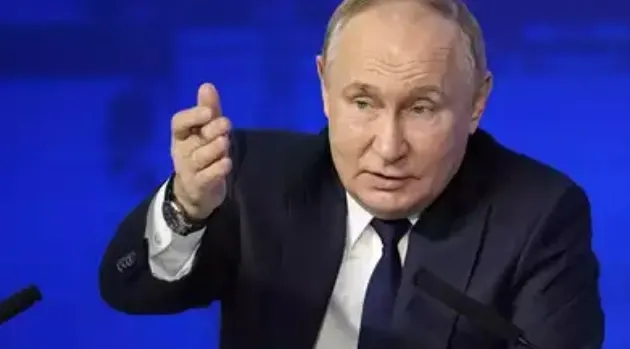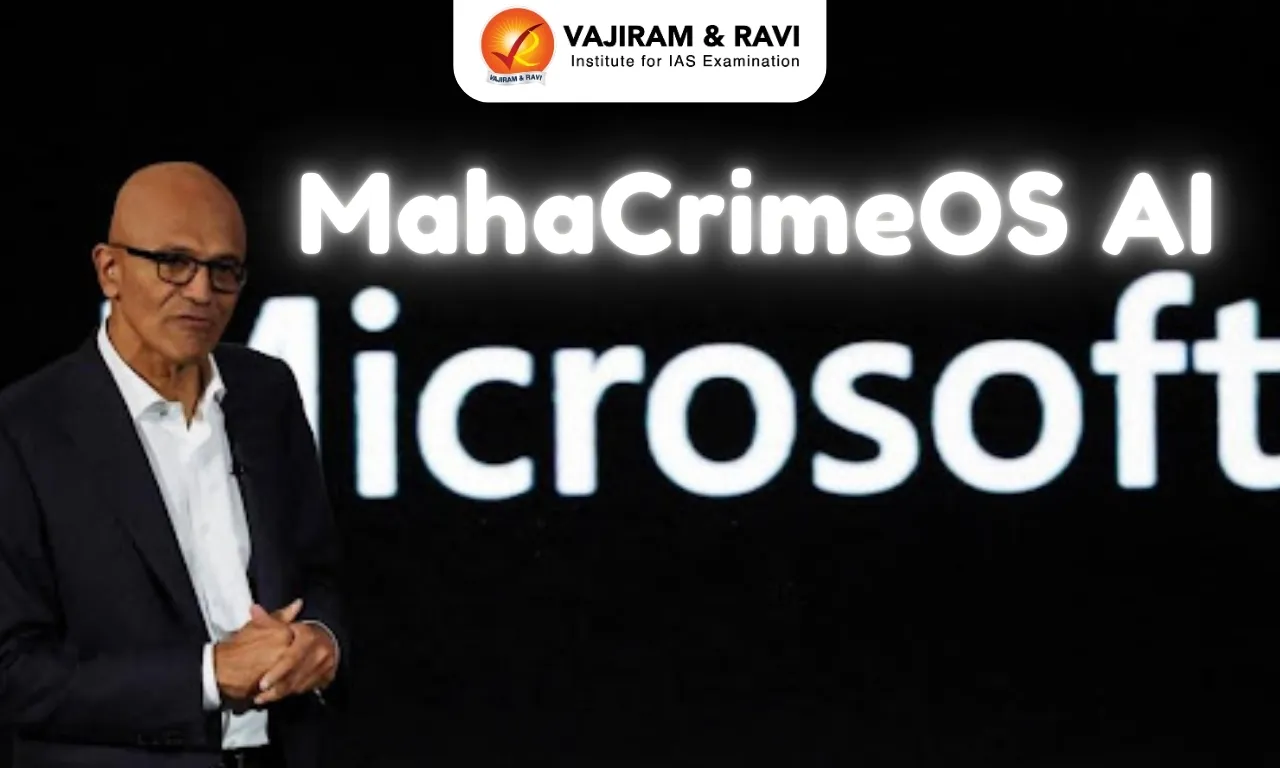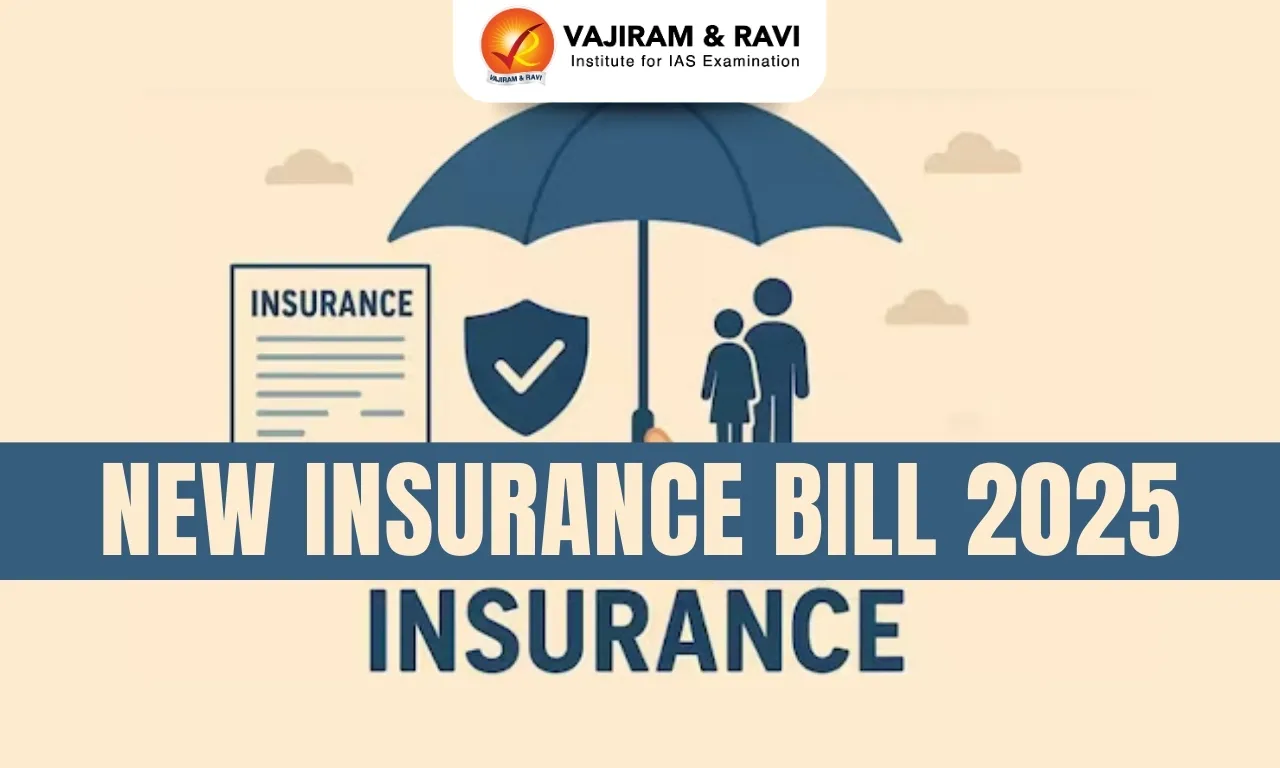What’s in today’s article?
- Why in news?
- Russia-Ukraine war
- What is the Background of Russia-Ukraine conflict?
- Why Russia invaded Ukraine?
- News Summary: Two years of Russia – Ukraine War
- Current status
- Impact of this war on modern warfare
- How has Russia’s invasion of Ukraine reshaped the geopolitics of the world?
Why in news?
- On February 24, 2022, Russia invaded Ukraine. Two years later, an end to the biggest war in Europe since World War II is nowhere in sight.
Image Caption: Ukraine War – Timeline
Russia-Ukraine war
What is the Background of Russia-Ukraine conflict?
- Tensions between Ukraine and Russia escalated in late 2013 over a landmark political and trade deal with the European Union.
- After the pro-Russian then-President, Viktor Yanukovych, suspended the talks weeks of protests in Kyiv erupted into violence. Soon, the then pro-Russian President was ousted.
- Russia responded by invading Crimea, which was a part of Ukraine, and annexing it in March 2014.
- Russia invaded Crimea on the pretext that it was defending its interests and those of Russian-speaking citizens.
- Shortly afterwards, pro-Russian separatists in Ukraine’s Donetsk and Luhansk regions declared their independence from Kyiv (capital of Ukraine).
- They established their own autonomous state called Donetsk People’s Republic in 2014.
- Russia, in February 2022, recognised the independence of these two regions.
- Kyiv and Moscow signed a peace deal in Minsk in 2015. It was brokered by France and Germany. But it could not bring peace in the region.
- Later, in February 2022, Russian President Vladimir Putin declared war on Ukraine in a televised address.
- He said the military action announced by Russia will seek to demilitarize Ukraine and came in response to threats from Ukraine.
Why Russia invaded Ukraine?
- Russia wanted a guarantee Ukraine can never join NATO
- Russia’s main demand was a commitment from NATO to end its further expansion into former Soviet republics — especially Ukraine.
- Russia wants NATO arms out of Eastern Europe
- Russia wants NATO to stop deploying its weapons and forces in countries in Central and Eastern Europe that joined the alliance after 1997.
- Russia wants a ban on NATO missiles within striking distance
- Russia has nervously watched as NATO has demonstrated it can deepen its involvement in Ukraine — providing weapons and training.
- NATO missiles on Ukrainian soil might pose serious threat to Russia’s security.
- Russia wants autonomy for eastern Ukraine
- Russia says Ukraine must meet its obligations under 2015 agreements.
- The peace deal, known as the Minsk agreements, was signed to end the fighting between Ukraine’s army and pro-Russian separatists in eastern Ukraine.
- The Minsk agreements also provided additional autonomy to the separatist Russian-speaking territories in the Donbas.
- Russia says Ukraine must meet its obligations under 2015 agreements.
News Summary: Two years of Russia – Ukraine War
- Russia’s war against Ukraine is exactly two-year-old today (on Feb 24). Calculations on both sides that this would be a short, swift war have proved wrong.
- The fighting has displaced millions of Ukrainians, altered the geopolitical landscape of Europe, and hit economies around the world by disrupting supply chains, adding to inflation, and triggering great economic uncertainty.
Current status
Image Caption: Two Years of War in Ukraine
Impact of this war on modern warfare
- Go small
- Instead of tanks and planes, nimble drones have emerged as the conflict’s weapon of choice.
- They overwhelm hulking tanks, kill troops and have allowed both sides to wreak havoc behind enemy lines.
- Unmanned crafts give commanders on both sides an aerial view of the battlefield, allowing them to monitor the enemy’s movements in real time.
- Ukraine’s use of inexpensive uninhabited maritime vehicles (UMVs) to target Russia’s Black Sea Fleet has popularized remote-controlled weaponry by sea.
- And the primacy of drones has set off another kind of competition: the race to disable them through signal jamming.
- According to some estimates, the global drone market is expected to reach $260 billion by 2030, growing almost tenfold from the year before Russia’s full-scale invasion.
- Pick a side
- The war in Ukraine has forged a more bipolar world.
- It sent Sweden and Finland running into NATO’s embrace after they had for so long resisted joining the alliance out of fear of antagonizing Russia.
- Sanctions are not a silver bullet
- Group of Seven nations have imposed an impressive array of sanctions on Russia over the past two years.
- They blocked much of Moscow’s access to the international financial system, immobilized its central bank reserves and froze the assets of hundreds of individuals and entities.
- But far from imposing the massive and severe consequences, they have neither deterred Russia’s war nor led to the collapse of its economy.
- That is partly because of the country’s ability to circumvent restrictions — or mitigate their effects.
- Supply-chain independence is paramount
- The war has exposed the critical importance of domestic supply chains.
- The war has shown how important it is for countries to have their own supply chains at home.
- When Ukraine needs more military supplies, it has to talk with its friends for help.
- But when Russia needs them, it can usually make more at its own factories that it runs, and it pays for them using its currency, the ruble.
How has Russia’s invasion of Ukraine reshaped the geopolitics of the world?
- European countries started to focus on its security and defence
- The alarm over the invasion brought European focus on its security and defence.
- In this respect, the German turnaround from its post-World War pacifism was the most significant.
- Re-energised the Europe-US security alliance
- NATO has opened its door to the proposed inclusion of Sweden and Finland.
- Europe at the centre of new arms race between Russia and the US
- Russia suspended its participation in the New START Treaty, negotiated with the US in 2011 to cap their nuclear weapons.
- The trust deficit between Russia and the West is at an-all time high. The US-led alliance is pouring weapons into Ukraine.
- Development of stronger Russia- China axis
- Concerns of developing nations
- The war has disrupted the supply chain and the prices of energy, fertilisers and other essential commodities have increased.
- As a result, various developing countries have started to feel the heat of this war.
Q1) Where is Crimea?
Crimea is a peninsula in Ukraine, on the northern coast of the Black Sea, that has been occupied by Russia since 2014.
Q2) What is NATO?
Formed in 1949 with the signing of the Washington Treaty, NATO is a security alliance of 30 countries from North America and Europe. NATO’s purpose is to guarantee the freedom and security of its members through political and military means.
Source: Two years of war in Ukraine has changed the way militaries think | Aljazeera | Indian Express
Last updated on December, 2025
→ Check out the latest UPSC Syllabus 2026 here.
→ Join Vajiram & Ravi’s Interview Guidance Programme for expert help to crack your final UPSC stage.
→ UPSC Mains Result 2025 is now out.
→ UPSC Notification 2026 is scheduled to be released on January 14, 2026.
→ UPSC Calendar 2026 is released on 15th May, 2025.
→ The UPSC Vacancy 2025 were released 1129, out of which 979 were for UPSC CSE and remaining 150 are for UPSC IFoS.
→ UPSC Prelims 2026 will be conducted on 24th May, 2026 & UPSC Mains 2026 will be conducted on 21st August 2026.
→ The UPSC Selection Process is of 3 stages-Prelims, Mains and Interview.
→ UPSC Result 2024 is released with latest UPSC Marksheet 2024. Check Now!
→ UPSC Prelims Result 2025 is out now for the CSE held on 25 May 2025.
→ UPSC Toppers List 2024 is released now. Shakti Dubey is UPSC AIR 1 2024 Topper.
→ UPSC Prelims Question Paper 2025 and Unofficial Prelims Answer Key 2025 are available now.
→ UPSC Mains Question Paper 2025 is out for Essay, GS 1, 2, 3 & GS 4.
→ UPSC Mains Indian Language Question Paper 2025 is now out.
→ UPSC Mains Optional Question Paper 2025 is now out.
→ Also check Best IAS Coaching in Delhi

















